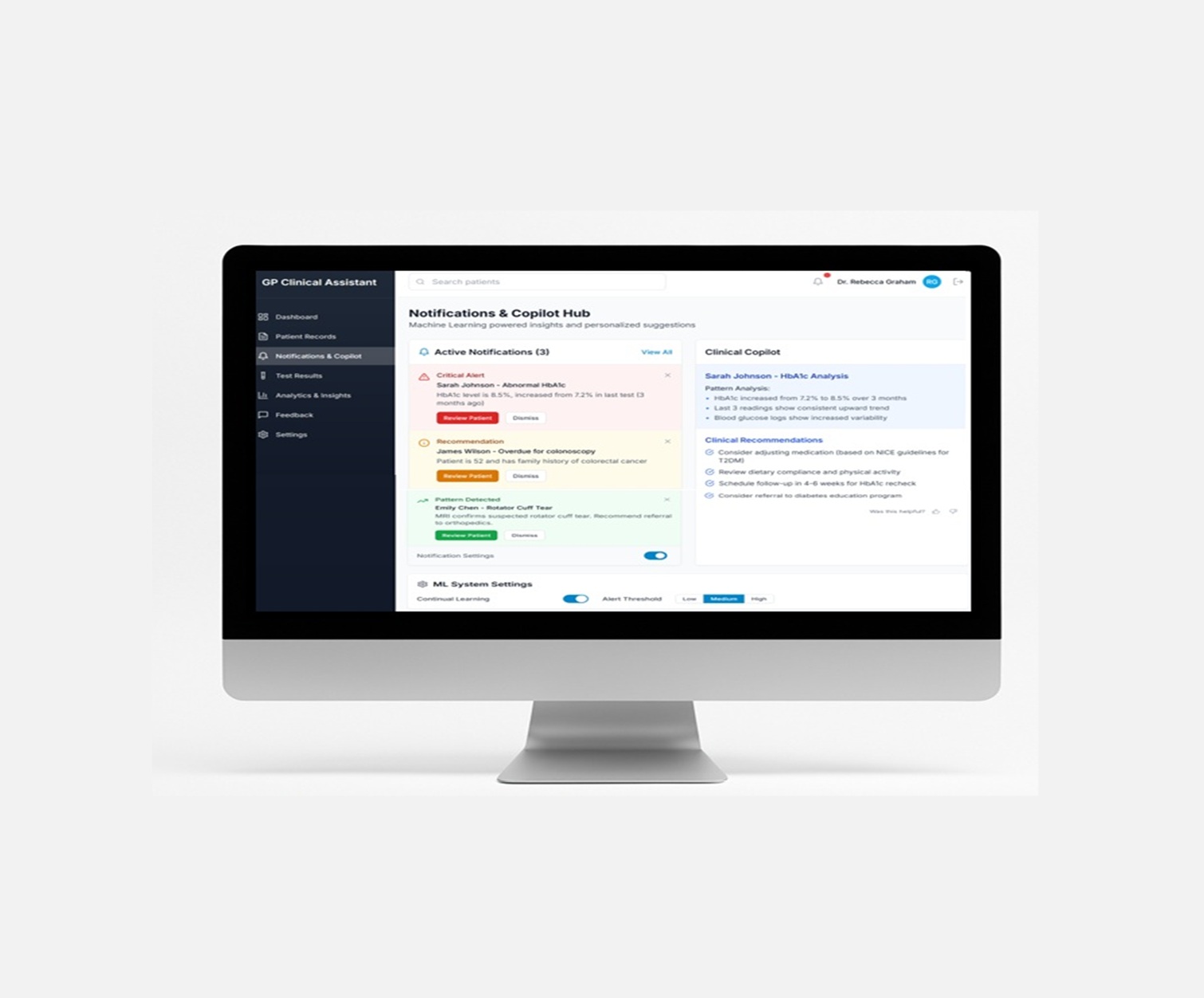Osteoporosis is a systemic skeletal disorder characterised by low bone mass and microarchitectural deterioration of bone tissue, leading to increased bone fragility and susceptibility to fractures. It is a major public health concern, particularly in aging populations, due to its association with morbidity, mortality, and significant healthcare costs.
In Ireland, it is estimated that over 300,000 people are affected by osteoporosis. Globally, one in three women and one in five men over the age of 50 will experience an osteoporotic fracture in their lifetime. Despite its high prevalence and consequences, osteoporosis remains underdiagnosed and undertreated, especially in primary care.
Non-modifiable risk factors:
Modifiable and secondary causes:
Diagnosis is based on measurement of bone mineral density (BMD) using dual-energy X-ray absorptiometry (DXA). The World Health Organization defines osteoporosis as a T-score ≤ -2.5 at the lumbar spine, femoral neck, or total hip.
Fracture risk can also be assessed using tools like FRAX, which estimates the 10-year probability of hip and major osteoporotic fractures.
Osteoporotic fractures, particularly of the hip and vertebrae, are associated with:
In Ireland, approximately 4,000 hip fractures occur annually, and one in five patients dies within 12 months of such an event.
Lifestyle and non-pharmacological strategies:
Pharmacological treatment:
Treatment decisions should be based on BMD, fracture risk assessment, and clinical judgement.
Fracture Liaison Services (FLS) have been shown to improve secondary prevention but are not universally implemented.
Osteoporosis is a highly prevalent, yet frequently overlooked, condition that contributes significantly to avoidable disability and healthcare burden. Primary care plays a crucial role in identifying at-risk individuals, initiating appropriate investigations, and coordinating long-term management. Enhanced screening and intervention protocols are essential for reducing fracture incidence and supporting healthy aging.

Sign up to get early access and see how it works — before we go live.

“Follow the copywriting outline on every page. We made it ourselves, it’s battle-tested and you can be confident that it converts.”
Main benefit
Briefly expand on how this benefit will help your customers.
Second benefit
Briefly expand on how this benefit will help your customers.
Third benefit
Briefly expand on how this benefit will help your customers.